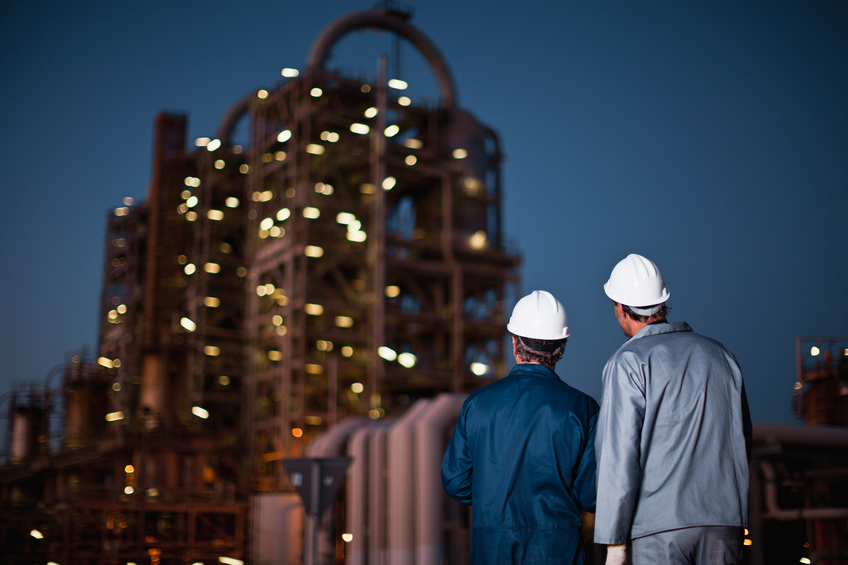Biological Wastewater Treatment Processes

This online engineering PDH interactive presentation an overview of biological wastewater treatment, a general description of the activated sludge process, information about several variations of the activated sludge process, discussion of design calculations for an activated sludge aeration tank, and discussion of activated sludge operational calculations, discussion and detailed examples of process design calculations for a single stage BOD removal MBBR (moving bed biofilm reactor) system, a two-stage BOD removal MBBR system, a single stage tertiary nitrification MBBR system, a two-stage BOD removal/Nitrification MBBR system a post-anoxic denitrification MBBR system and a pre-anoxic denitrification MBBR system.
The activated sludge process is very widely used for biological wastewater treatment. In a sewage treatment plant, the activated sludge process is a biological process that can be used for one or several of the following purposes: oxidizing carbonaceous biological matter, oxidizing nitrogenous matter, and removing nutrients.
The MBBR process is an attached growth process that uses plastic carriers to provide a surface on which biofilm grows. It can be used for BOD removal, biological nitrification, biological denitrification, and biological phosphorus removal.
This 1 PDH online interactive presentation is intended primarily for civil engineers, environmental engineers, and chemical engineers.
This continuing education interactive presentation is intended to provide you with the following specific knowledge and skills:
- Knowing the equation for biological oxidation and how it fits into the organic carbon cycle.
- Knowing the equation for photosynthesis and how it fits into the organic carbon cycle.
- Learning about the major components of an activated sludge wastewater treatment system.
- Understanding the differences between an extended aeration and conventional activated sludge system.
- Understanding the differences between a contact stabilization and conventional activated sludge system.
- Calculating the required aeration tank volume (in U.S. units) for a specified volumetric loading, hydraulic residence time, or aeration tank F:M ratio, if given suitable aeration tank influent and aeration tank parameter information.
- Calculating the required aeration tank volume (in S.I. units) for a specified volumetric loading, hydraulic residence time, or aeration tank F:M ratio, if given suitable aeration tank influent and aeration tank parameter information.
- Familiarizing with the components of and the general configuration of an MBBR wastewater treatment process.
- Calculating the loading rate of a wastewater constituent to an MBBR process (in lb/day and g/day) for a specified wastewater flow rate and constituent concentration.
- Calculating the required carrier surface area for an MBBR wastewater treatment process for a specified SALR and loading rate.
- Calculating the required MBBR tank volume for specified carrier surface area, carrier specific surface area and carrier fill %.
- Calculating the liquid volume in an MBBR tank for known tank volume, carrier volume and carrier % void space
- Calculating the BOD, NH3-N, or NO3-N removal rate for known values of the surface area removal rate (SARR) and design carrier surface area.
- Calculating an estimated effluent BOD, NH3-N or NO3-N concentration based on known values of the appropriate loading rate, estimated removal rate, and design wastewater flow rate.
- Learning how to make process design calculations for a post-Anoxic denitrification MBBR process, including required tank sizes, estimated effluent concentrations, alkalinity requirement and carbon source requirement.
- Learning how to make process design calculations for a pre-Anoxic denitrification MBBR process, including required tank sizes, estimated effluent concentrations, alkalinity requirements.
Upon successful completion of the quiz, print your Certificate of Completion instantly. (Note: if you are paying by check or money order, you will be able to print it after we receive your payment.) For your convenience, we will also email it to you. Please note that you can log in to your account at any time to access and print your Certificate of Completion.